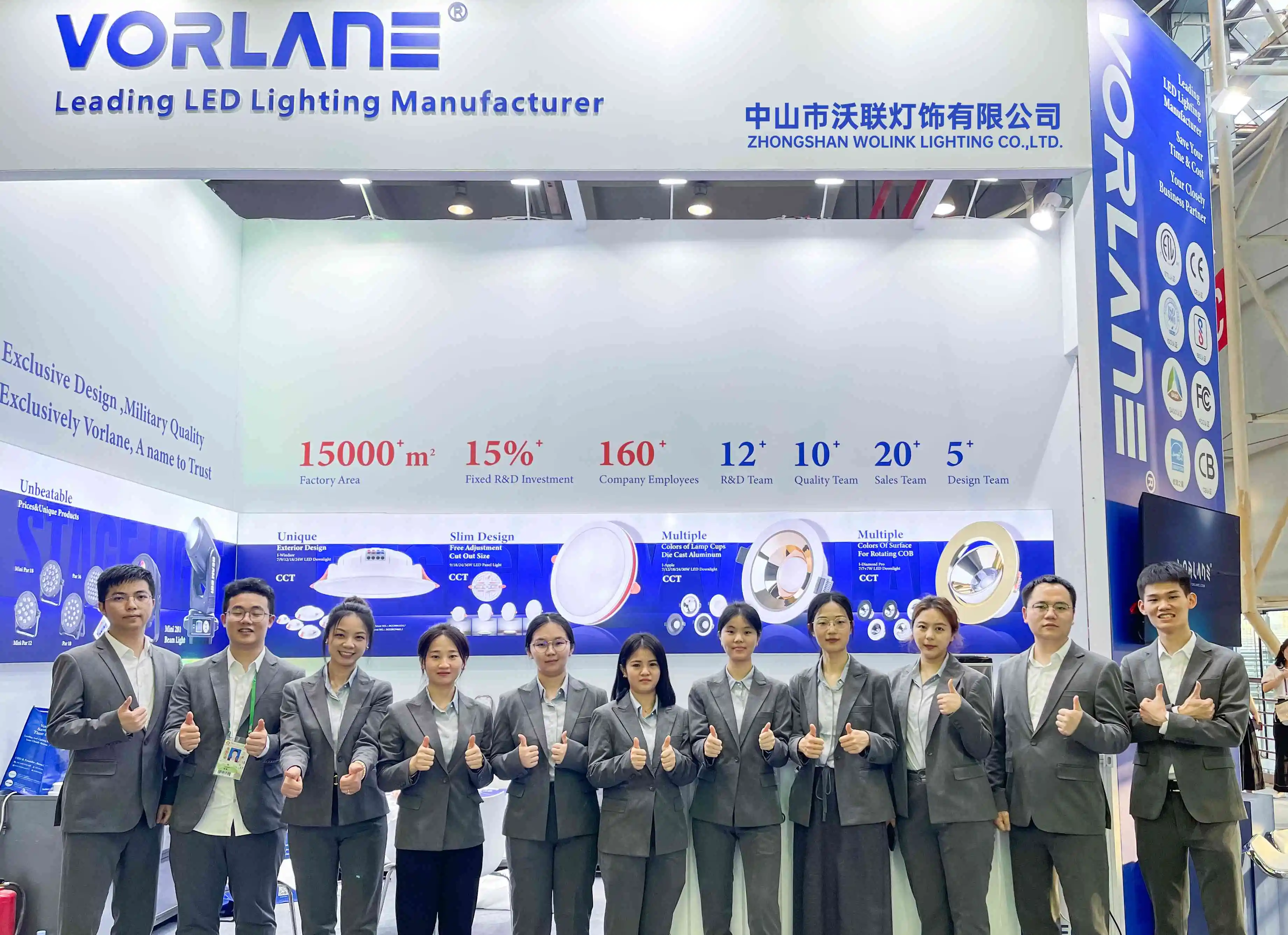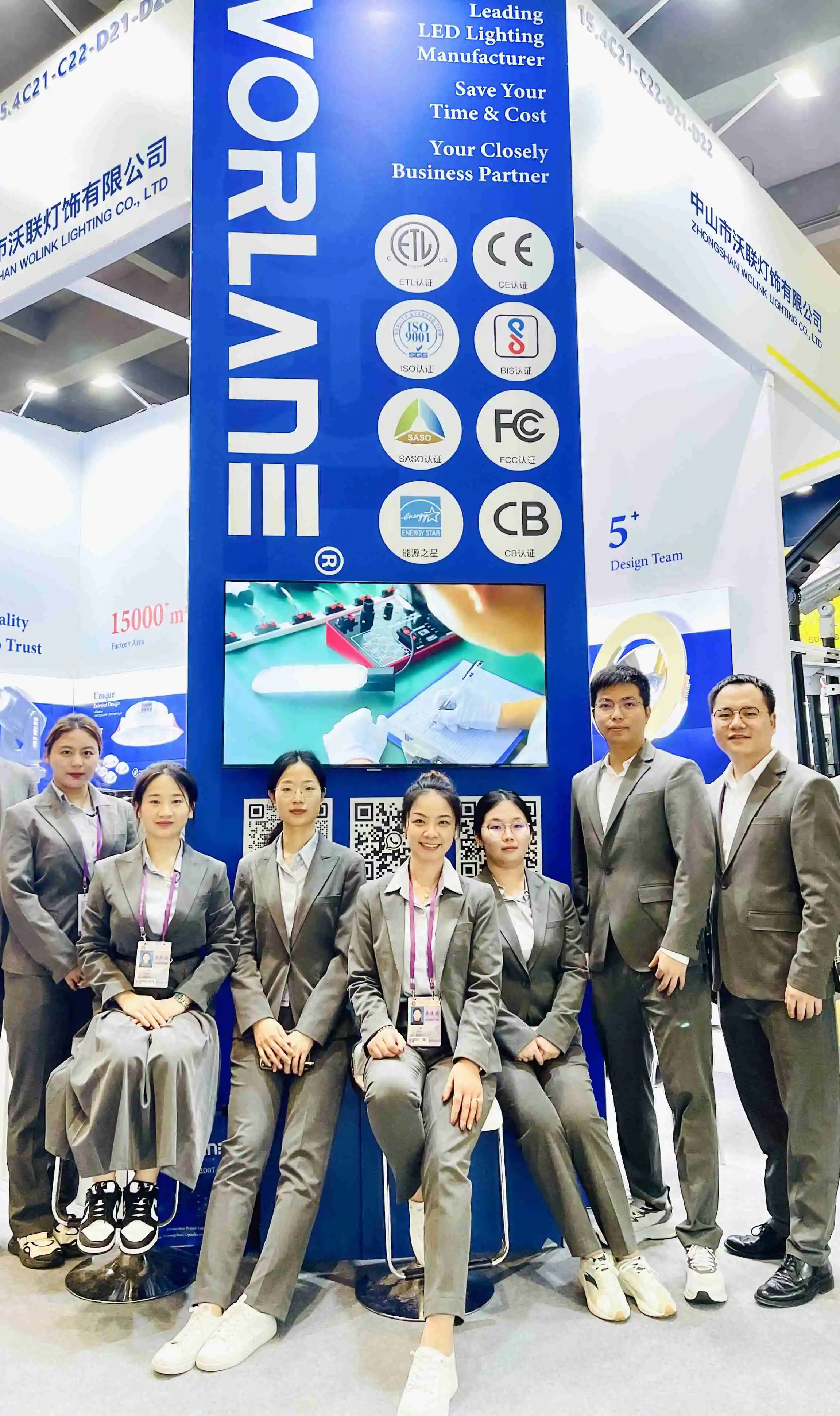
Do LED Spotlights Use a Lot of Electricity
LED spotlights save electricity, are cheaper to run than halogen and are brighter. Change bulbs by twisting them out. Making
To be an architectural lighting designer, you need a mix of creative design and technical skills. This includes knowledge of lighting technologies, proficiency in design software, understanding of architectural concepts, artistic sensibility to create aesthetically pleasing and functional designs, and strong communication skills for collaboration.
General contractors typically don’t specialize in light architectural work; this is usually the realm of architectural lighting designers who focus on integrating lighting into the building’s design.
Space pendant lights about 30 to 36 inches apart over a kitchen island or similar area, ensuring even lighting distribution without overcrowding.
The lumens required for exterior architectural lighting vary by application. For general ambiance, 50-75 lumens per square foot is often sufficient, while highlighting features may require higher lumens.
Start with a degree in lighting design or a related field, gain practical experience, develop a strong portfolio, and network within the industry. Stay informed about the latest trends and technologies in lighting.
Architectural lighting enhances aesthetics, improves functionality, creates ambiance, emphasizes architectural details, and can increase safety and energy efficiency in a building.
The four elements of lighting design are:

LED spotlights save electricity, are cheaper to run than halogen and are brighter. Change bulbs by twisting them out. Making

LED spotlights are often dimmable and vary. Install by wiring to power sources on cars or motorcycles, using appropriate gauge

Many LED spotlights are dimmable and cooler than traditional lights. Fix by checking bulbs and connections. Remove by unscrewing or
Sign up to get the latest product announcement and offer.
*We respect your confidentiality and all information are protected.
 | This LED Industry Research Report Is Worth 10,000 Dollars!Want to get reliable industry data to support your LED business planning? In this report, you will:
*Submit your email to download this file. Your personal info will not be shared to any 3rd-party person or organizations. |
WhatsApp us


*We respect your confidentiality and all information are protected.
